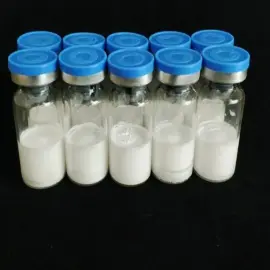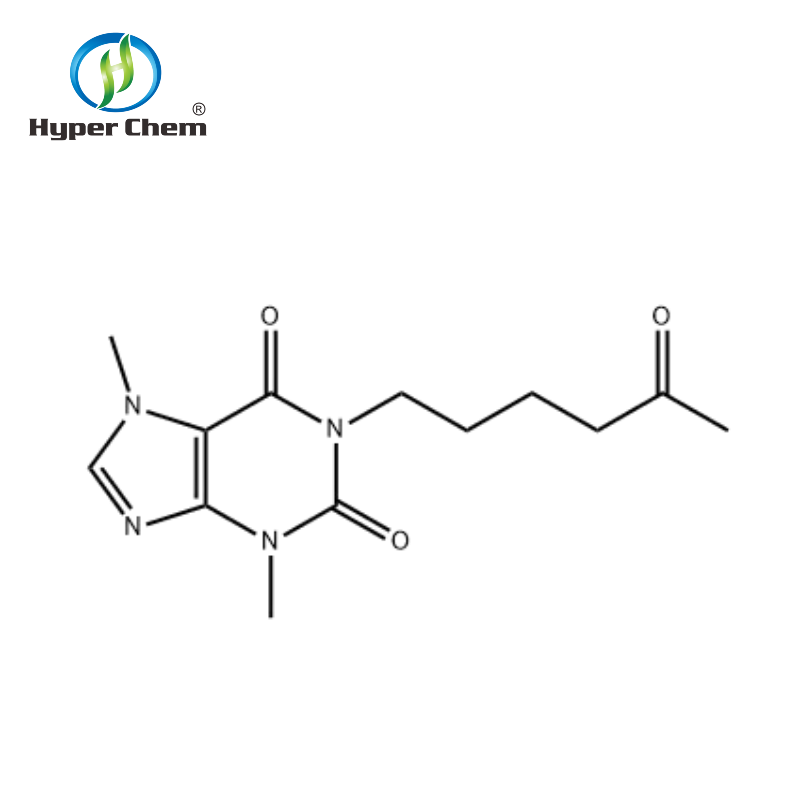-
Categories
-
Pharmaceutical Intermediates
-
Active Pharmaceutical Ingredients
-
Food Additives
- Industrial Coatings
- Agrochemicals
- Dyes and Pigments
- Surfactant
- Flavors and Fragrances
- Chemical Reagents
- Catalyst and Auxiliary
- Natural Products
- Inorganic Chemistry
-
Organic Chemistry
-
Biochemical Engineering
- Analytical Chemistry
-
Cosmetic Ingredient
- Water Treatment Chemical
-
Pharmaceutical Intermediates
Promotion
ECHEMI Mall
Wholesale
Weekly Price
Exhibition
News
-
Trade Service
Diltiazem hydrochloride is a calcium channel blocker medication used to treat a variety of cardiovascular conditions, such as hypertension, angina, and certain types of heart rhythm disorders.
In the chemical industry, diltiazem hydrochloride is also used as an intermediate in the production of other pharmaceuticals and chemicals.
Upstream Products
The upstream products of diltiazem hydrochloride are the raw materials and intermediates used in the manufacturing process.
The main upstream products include the following:
- Anhydrous diltiazem: This is the starting material used to produce diltiazem hydrochloride.
It is prepared by reacting diltiazem hydrogen sulfate with sodium hydroxide and subsequently recrystallizing the resulting salt. - Diltiazem hydrogen sulfate: This is another starting material used in the manufacturing process.
It is prepared by treating diltiazem with hydrogen sulfate solution. - Benzene: Diltiazem hydrochloride is synthesized via a series of chemical reactions that involve the use of benzene as one of the reaction components.
Benzene is a known carcinogen and is therefore subject to strict regulations regarding its use and disposal. - Chloroform: This is another important intermediate used in the production of diltiazem hydrochloride.
It is prepared by reacting chlorine with ether.
Downstream Products
The downstream products of diltiazem hydrochloride are the final products that are derived from the intermediate compound.
The main downstream products include the following:
- Diltiazem hydrochloride tablets: This is the most common form of diltiazem hydrochloride used for treating cardiovascular conditions.
The tablets are formulated with various excipients, such as lactose, starch, and magnesium stearate, to facilitate delivery and ensure stability. - Diltiazem hydrochloride injection: This is a sterile solution of diltiazem hydrochloride that is administered intravenously in healthcare settings.
- Diltiazem hydrochloride capsules: This is another form of diltiazem hydrochloride that is used for treating cardiovascular conditions.
The capsules are formulated with various excipients, such as cellulose, lactose, and talc, to ensure stability and bioavailability. - Pharmaceutical intermediates: Diltiazem hydrochloride is also used as an intermediate in the production of other pharmaceuticals.
For example, it can be converted into diltiazem hydrochloride hemihydrate, which is used in the production of certain anti-ulcer medications. - Chemical intermediates: Diltiazem hydrochloride can also be used as an intermediate in the production of chemicals, such as diltiazem hydrogen chloride, which is used in the production of other pharmaceuticals and chemicals.
Manufacturing Process
The manufacturing process for diltiazem hydrochloride involves several steps, including the following:
- Preparation of anhydrous diltiazem: This involves the reaction of diltiazem hydrogen sulfate with sodium hydroxide and subsequent recrystallization of the resulting salt.
- Purification of diltiazem hydrogen sulfate: The purified diltiazem hydrogen sulfate is then used as a starting material in the next step of the manufacturing process.
- Synthesis of diltiazem: The diltiazem hydrogen sulfate is transformed into diltiazem through a series of chemical reactions, including esterification, amidation, and sulfonation.
- Purification of diltiazem:







